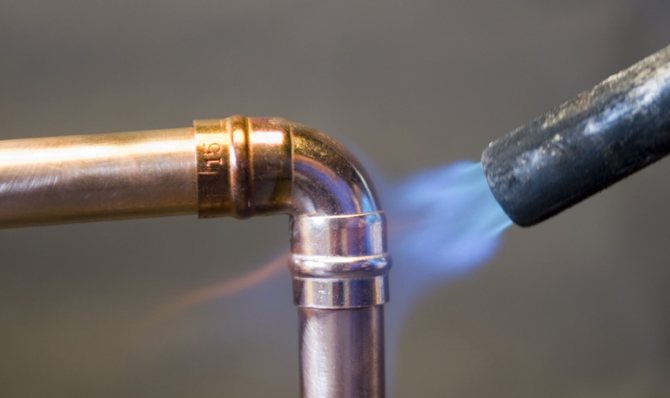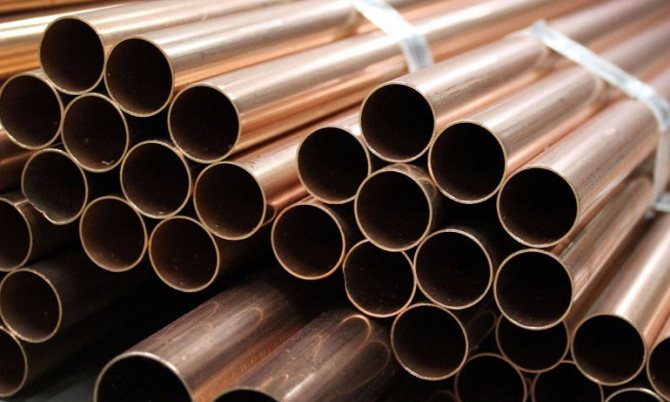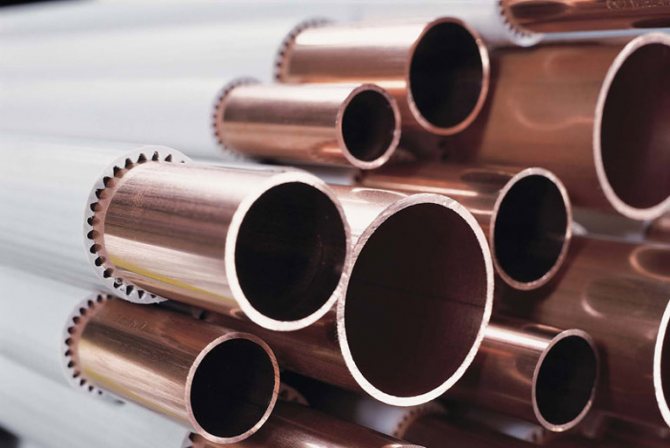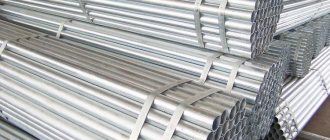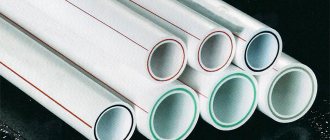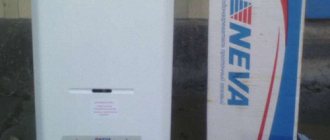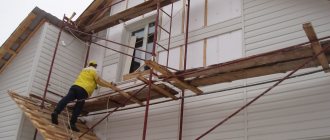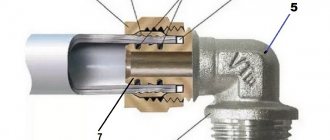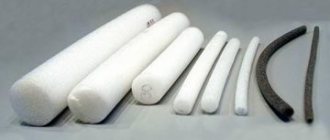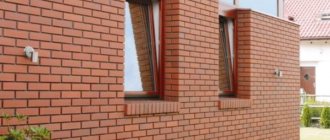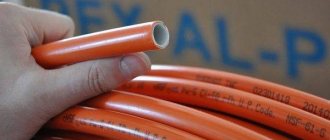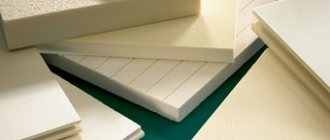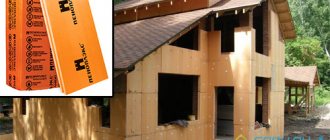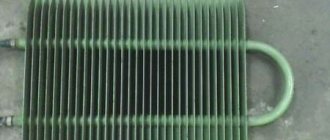One of the advantages characteristic of copper pipes is a relatively simple installation, which can be done with your own hands after a short practice. However, in this case, the main difficulty is not the arrangement of the joints itself, but the selection of elements over the section and wall thickness.
It should be noted here that such products began to be actively used in the west, therefore, instead of the usual metric system, the inch system is widely used. This is what often baffles inexperienced craftsmen, and therefore, to solve the problem, we strongly recommend that you study this article.
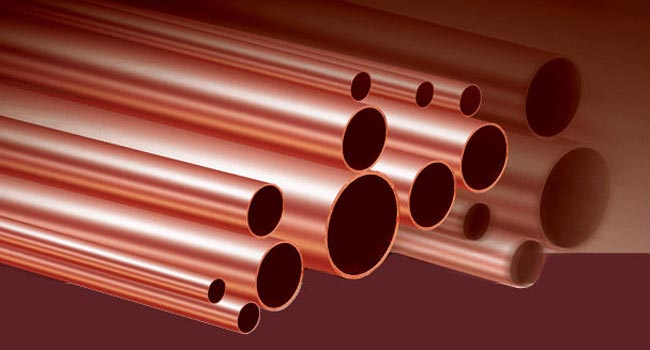
The number of typical sections of a copper pipe is measured in tens
Features of copper pipes
These products are made on the basis of seamless production technology. The material for copper products does not enter into chemical reactions, it is impermeable to various types of liquids, such as fats, oils, and does not promote the growth of viruses and bacteria.
It is known that tap water contains chlorine, but it does not contribute to the destruction of copper pipes, but promotes the formation of a protective layer on their inner surface against oxidative processes, which gives the pipelines increased stability and strength.
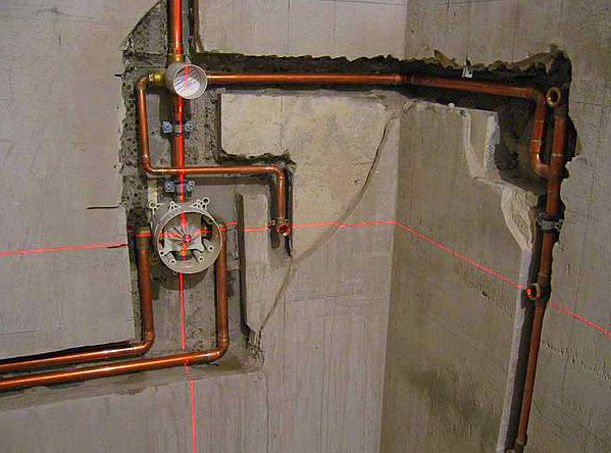

By analogy with plastic products, build-ups from all kinds of deposits, for example, such as limescale, are almost not formed on copper pipe products. According to the provisions of GOST, a copper pipe can be in working condition at a temperature range between -200 and +250 degrees. These products are very resistant to sudden changes in temperature, since they are characterized by an insignificant value of the coefficient of thermal expansion.
Copper pipes, when water freezes in them, remain intact and in a sealed state. Unlike plastic pipe products intended for water and heat supply, ultraviolet light is not dangerous for copper products. They are painted not so much to protect the pipeline, but to give it an appropriate appearance. Today, in order to increase the attractiveness of copper products, chrome-plated products are produced from this material.
Since such pipes are characterized by a low roughness index in comparison with products made of metals and polymers, under equal conditions it is possible to lay a pipeline with a smaller cross-section.
How to convert inches to millimeters
Metric parameters are more often used for external measurements of the diameters of copper pipes, and inches are used for internal ones. Use tables for converting inch values to millimeters.
Table 1
| Pipe size, inches | Outside diameter, mm | Equivalent diameter, mm |
| 1/4 | 13,5 | 8 |
| 3/8 | 17 | 10 |
| 1/2 | 21,3 | 15 |
| 3/4 | 26,8 | 20 |
| 1 | 33,5 | 25 |
| 1+1/4 | 42,3 | 32 |
| 1+1/2 | 48 | 40 |
| 2 | 60 | 50 |
| 2+1/2 | 75,5 | 70 |
| 3 | 85,5 | 80 |
| 3+1/2 | 101,3 | 90 |
| 4 | 114 | 100 |
| 5 | 140 | 125 |
The size in "mm" is converted to "inches" rounded up. 1 inch is 25.4 mm, but rough rounding results in an error that is important to consider when choosing an assortment.
table 2
| Inches | Millimeters |
| 1/2 | 20 |
| 1 | 25 |
| 1/1/4 | 32 |
| 1/1/2 | 40 |
| 2 | 50 |
| 2/1/2 | 65 |
| 3 | 89 |
| 4 | 100 |
Converting inch sizes to metric is a simple procedure, but it requires care. The discrepancy between the parameters of the details of the future pipeline will deprive the master of the opportunity to carry out the installation, or the joints will be leaky, which will make it impossible to use the line.
Scope of copper pipelines
The area of use of copper pipe products is extensive, but most often they are used for laying:
- heating systems;
- pipelines for water supply;
- highways through which compressed air or gas is transported;
- fuel pipelines;
- condensate drainage systems;
- structures for connecting technological equipment;
- pipelines supplying freon to refrigeration units;
- air conditioning systems, etc.
Methods for the production of copper pipe products
Copper pipe sizes vary. When arranging household systems, copper products of two types are usually used:
- unannealed (in more detail: "Types of copper unannealed pipes, characteristics, areas of use");
- annealed.
The first type of pipes are sold in straight lengths ranging from 1 to 5 meters.
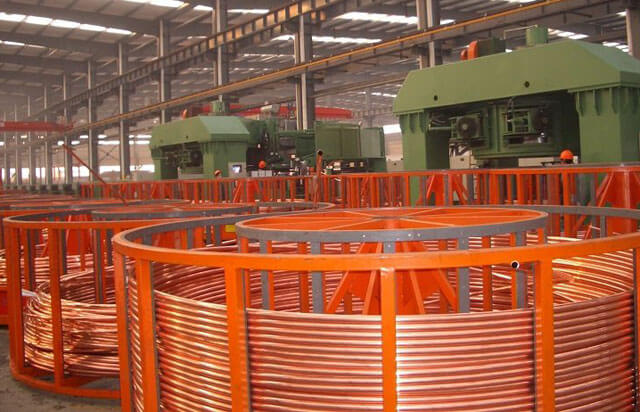

In the second case, the products undergo heat treatment - they are fired, after which they become soft, and the strength characteristics are slightly reduced, but the installation of copper fittings becomes easier. Annealed pipes are sold to consumers in lengths from 2 to 50 meters, packed in bays.
In addition to products with round sections, manufacturers produce rectangular products. Due to their non-standard shape, such pipes are difficult to manufacture and therefore their cost is higher compared to conventional products.
Basic quantities for measuring pipes
Experts distinguish between the diameter of copper pipes:
- nominal;
- interior;
- outer.
There are also such general concepts as "conditional passage" and "wall thickness". Without specifying the dimensions, the product is said to be "thick-walled" or "thin-walled". All diameters of copper pipes must be indicated in their marking - in inches and millimeters.
- The thickness of the walls of the product, the value is indicated in "mm", the parameters are related to the volume of the passing substance and its pressure. The difference between the inner and outer diameter remains a significant indicator.
- For a high-quality joining of the line through the fittings, the conditional passage is important - the internal lumen of the product; millimeters are also used to designate it. On imported non-ferrous metal products, it is indicated in inches, which requires conversion to "our" values.
- The inner diameter is the main indicator of the pipeline passability (mm), it is used for calculations in the formulas.
- Outside diameter - important for product classification (large, medium and small), indicated in "mm" in all tables.
- The nominal diameter is approximately the same as the “nominal diameter”, but it is marked with an exact value.
Feature of the installation of copper pipelines
Before you start creating a copper pipeline, you should make the necessary measurements and cut the pipes into pieces. The cut of the product should turn out to be even and therefore use a special cutter. By the way, no thread is made on copper pipes.
The connection of individual sections of a copper pipeline can be performed in the following ways:
- by soldering;
- pressing.
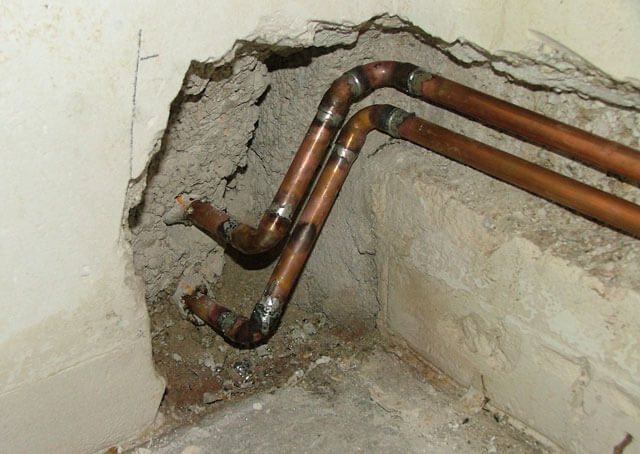

The most effective of them is docking using capillary brazing technology, so it has become more widespread. This method ensures the reliability and absolute tightness of the pipe joints. Square copper products are connected using capillary soldering, which is performed using fittings and sockets.
This method of laying pipelines from copper components is used when the pipeline is planned to be operated in conditions of extremely high temperatures.
Compression joining involves the use of different types of fittings, including compression and self-locking. Also, special flanges and clamps are used to provide a tie. Pressing is used in cases where an open flame cannot affect the pipeline.
Manufacturing methods and technologies
According to GOST, copper and brass pipes are manufactured using two technological operations - rolling and pressing, followed by welding of joints.Round pipes are produced in one and the other way. Copper square pipe is mainly produced by pressing with longitudinal seam welding.
Rolling production
Rolled pipes are manufactured only by cold forming. After all, copper is a very ductile metal that can be rolled between rollers even without preheating. As a result, a blank is simply put on the rolls of the rolling mill - a sleeve, which is rolled out to the desired diameter.
In the final processing stage, the rolled tubes are separated into annealed and unannealed products. The latter option does not imply heat treatment of the pipe after rolling, therefore, unannealed pipes are much stronger than processed analogs. After all, the outer and inner layers of such products will be much denser than ordinary copper due to the deformation of the crystal lattice of the metal on the rolling rollers.
Thus, annealing separates cold-worked pipes into:
- tough,
- semi-rigid,
- soft.
Welded production
Extruded pipes are made on special machines from sheet copper. A measured blank is cut from the sheet and fed to the forming rolls of the press. After pressing, the sheet takes the form of a round, oval or square pipe, and the butt joint is welded in an inert gas environment.
At the finish, the welded pipe is passed through calibrating rollers to level the product profile and correct longitudinal deformation.
In addition, at the final stage, both rolled and extruded pipes can undergo another type of processing - chrome plating. As a result, the manufacturer gets a completely new type of product - a chrome-plated copper pipe, through which even very concentrated acids can be pumped.
Speaking about the production technology, it should be noted that not only the price and characteristics of the product (seamless pipes are stronger), but also the dimensions of the final product, will depend on the chosen manufacturing method.
Copper Pipe Fittings
For laying copper pipelines, fittings of a crimp or solder type are used. The first type of connecting elements is usually made of brass. The tightness of such a joint is ensured by the presence of a compression ring inside the fitting, which is tightened with a wrench. A compression fitting is used to connect pipes of different diameters at the location of the pipeline, provided that there is access in order to check the tightness (in more detail: "Which compression fittings for copper pipes are better to use, the rules for choosing compression fittings and installation").
Such parts are usually involved when it is necessary to lay a line designed for operation, when the working medium moves along it under low pressure. In this case, during the operation of the pipeline, it is necessary to periodically monitor the condition of the fittings.
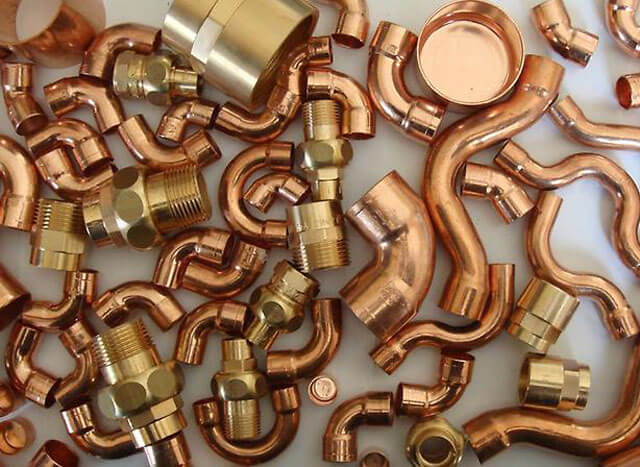

The connection process is carried out in the following sequence:
- The fitting is disassembled into its constituent parts.
- The clamping nut and the clamping ring are placed on the pipe.
- The end of the pipe, which has a ring and a nut, is inserted into the fitting.
- The nut is fixed until it stops, and the tapered ring must be inserted into the tapered part without skewing.
- The nut is tightened with a wrench 0.5-1.25 turns - which depends on the diameter of the pipe used.
When performing the work, the main thing is not to overdo it, because with too much force applied, the wall of the pipe products can be damaged.
The above type of connection cannot be called perfect - compression fittings often leak, so their condition should be constantly monitored.
Docking copper pipes with other materials
When laying communications from copper pipes, they can be docked with pipe products made of plastic, steel and brass.With regard to the connection with galvanized products, experts recommend avoiding such combinations, since there is a high likelihood of chemical processes occurring between two elements - copper and zinc.
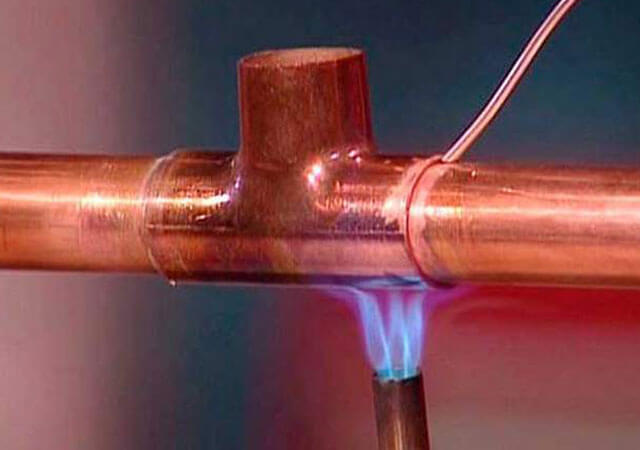

When joining pipes of this type, brass fittings are used - they are mounted so that the movement of the water flow occurs in the direction from zinc to copper.
Modern copper pipe products are durable and therefore such a water supply system will be an excellent choice.

